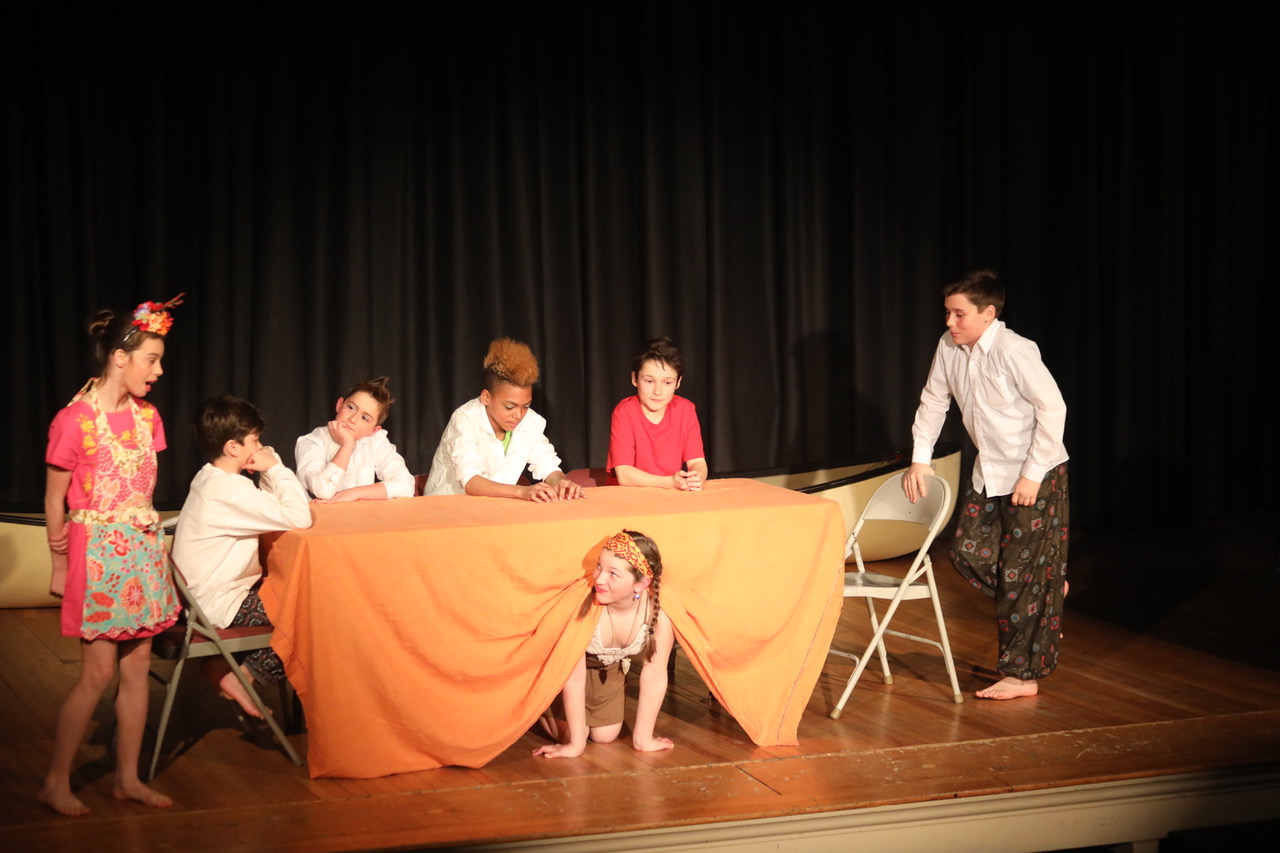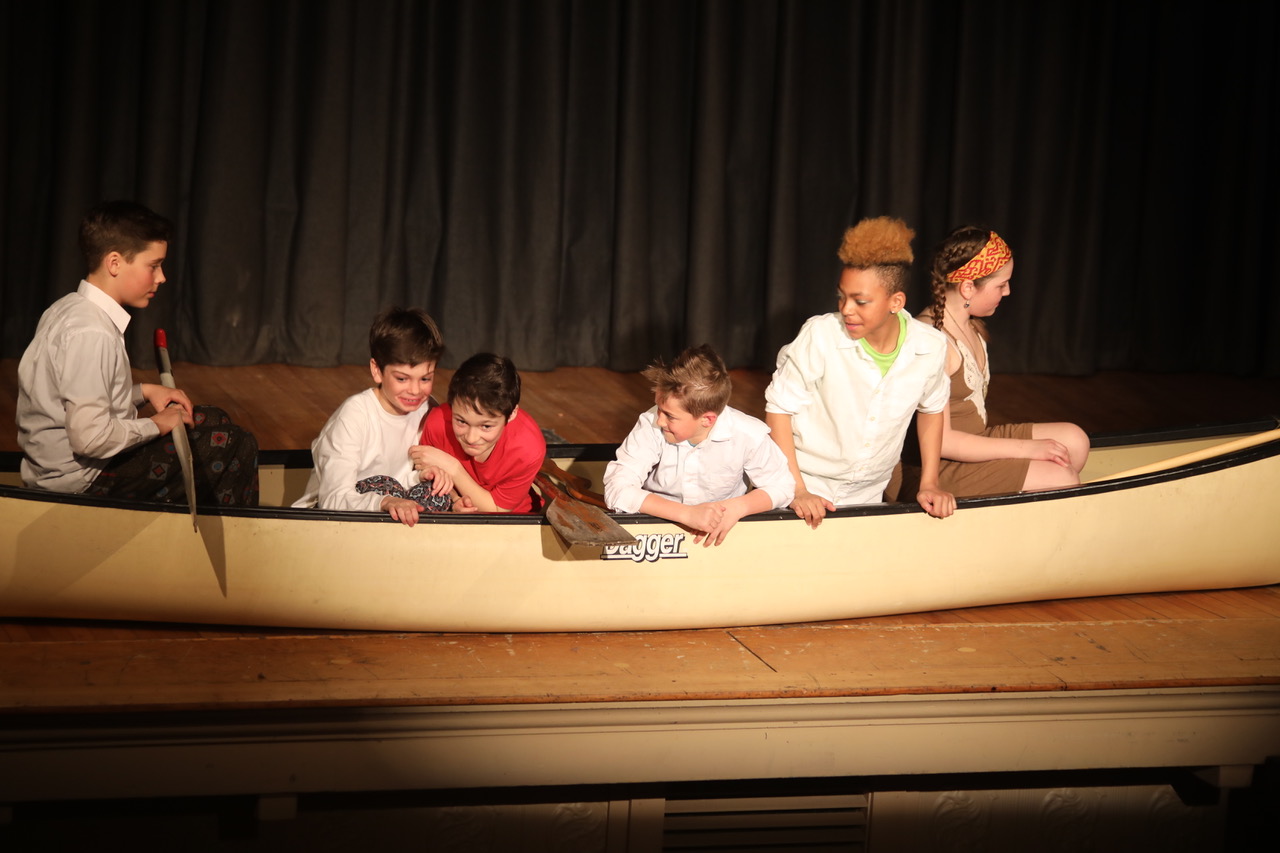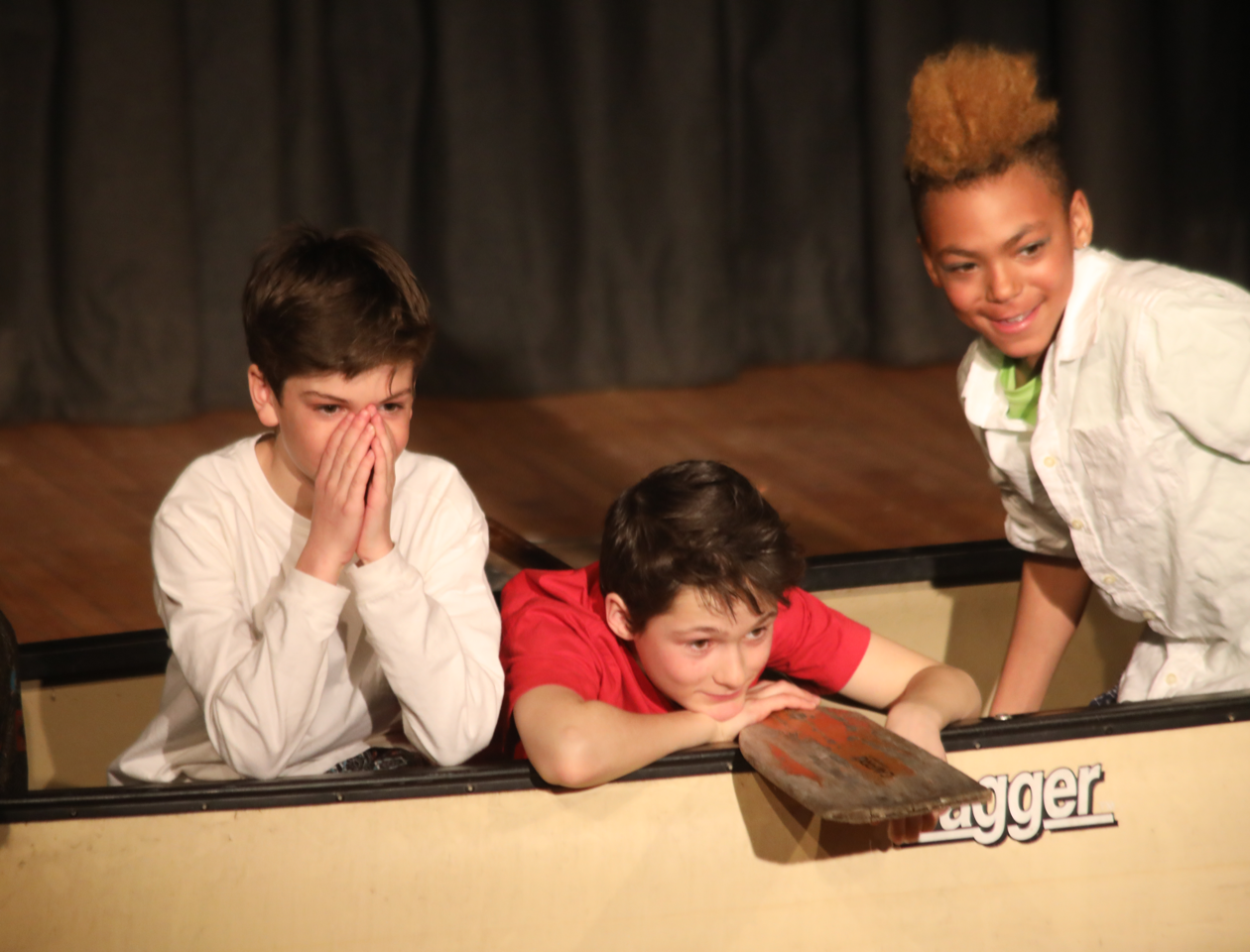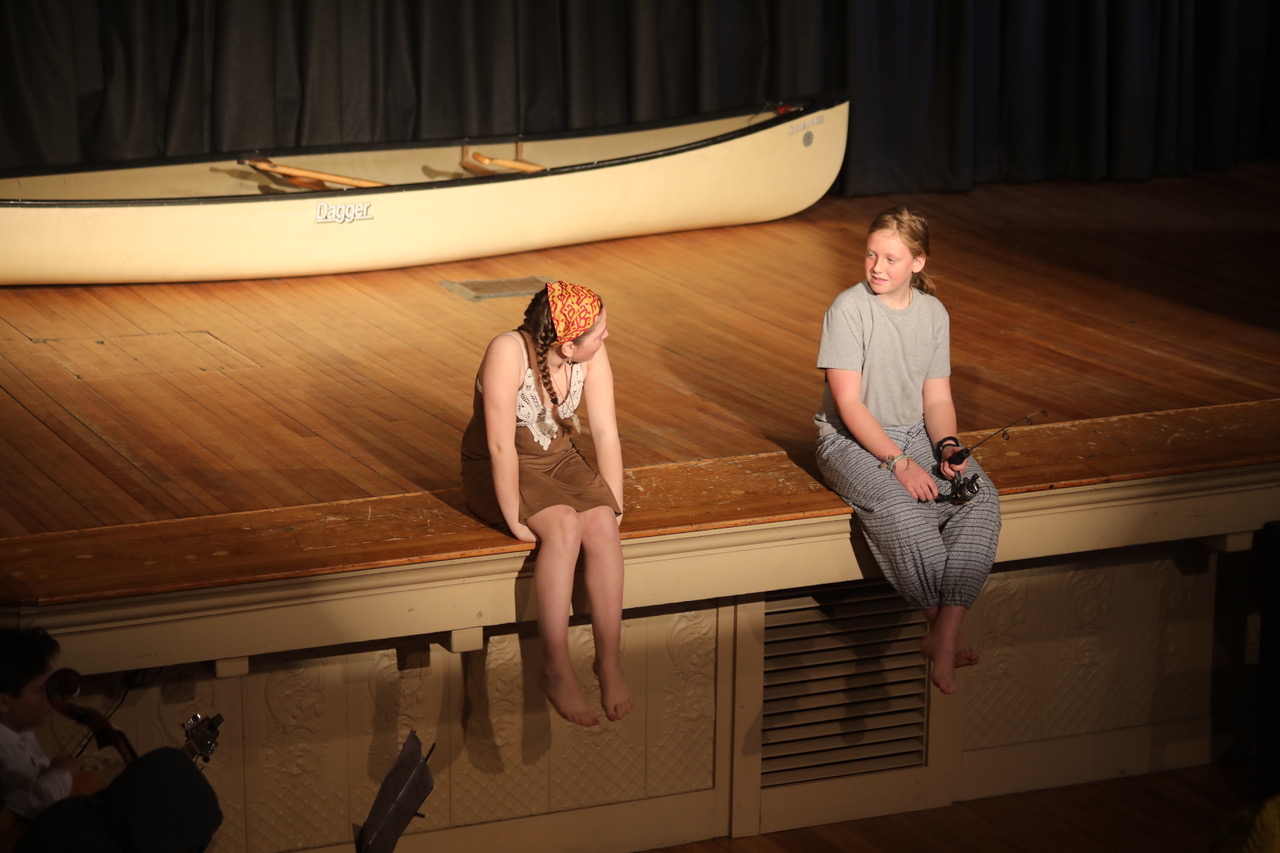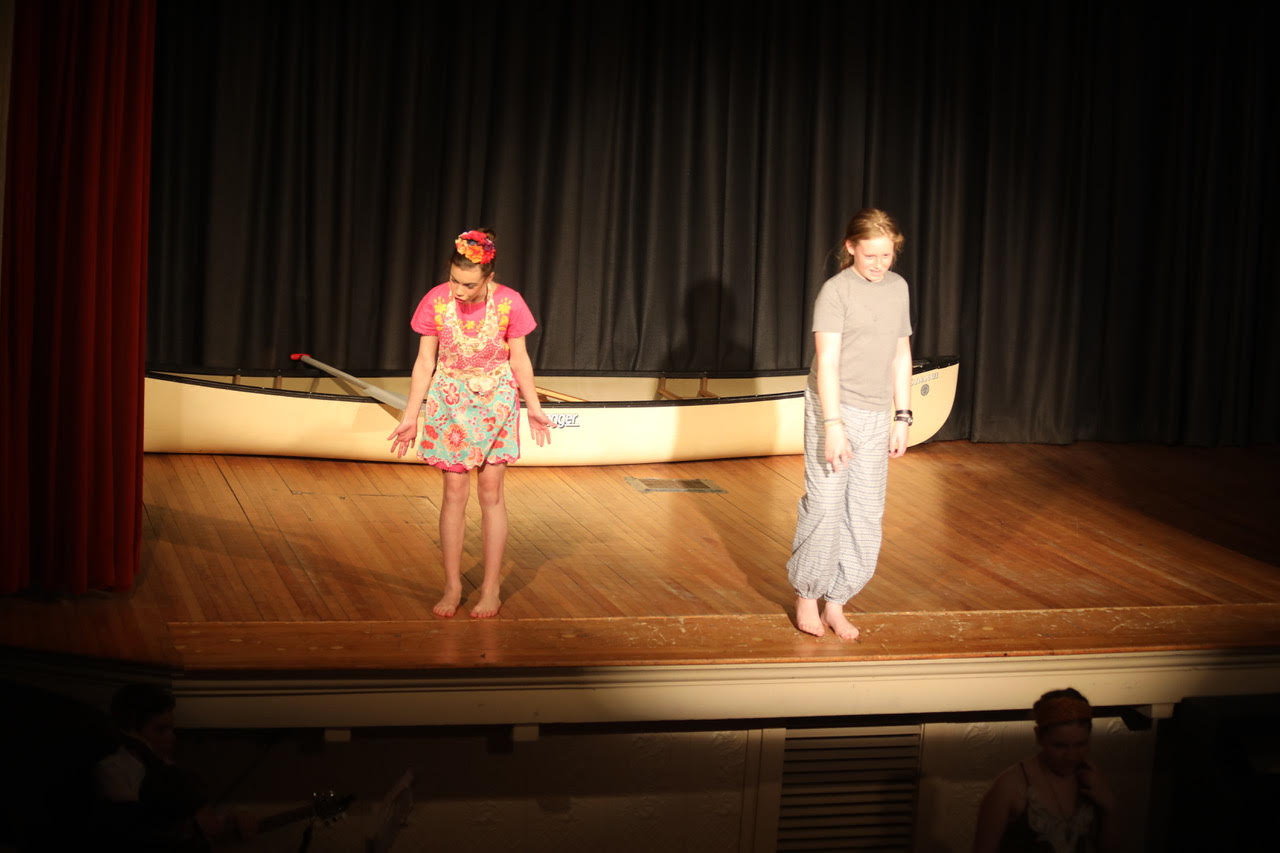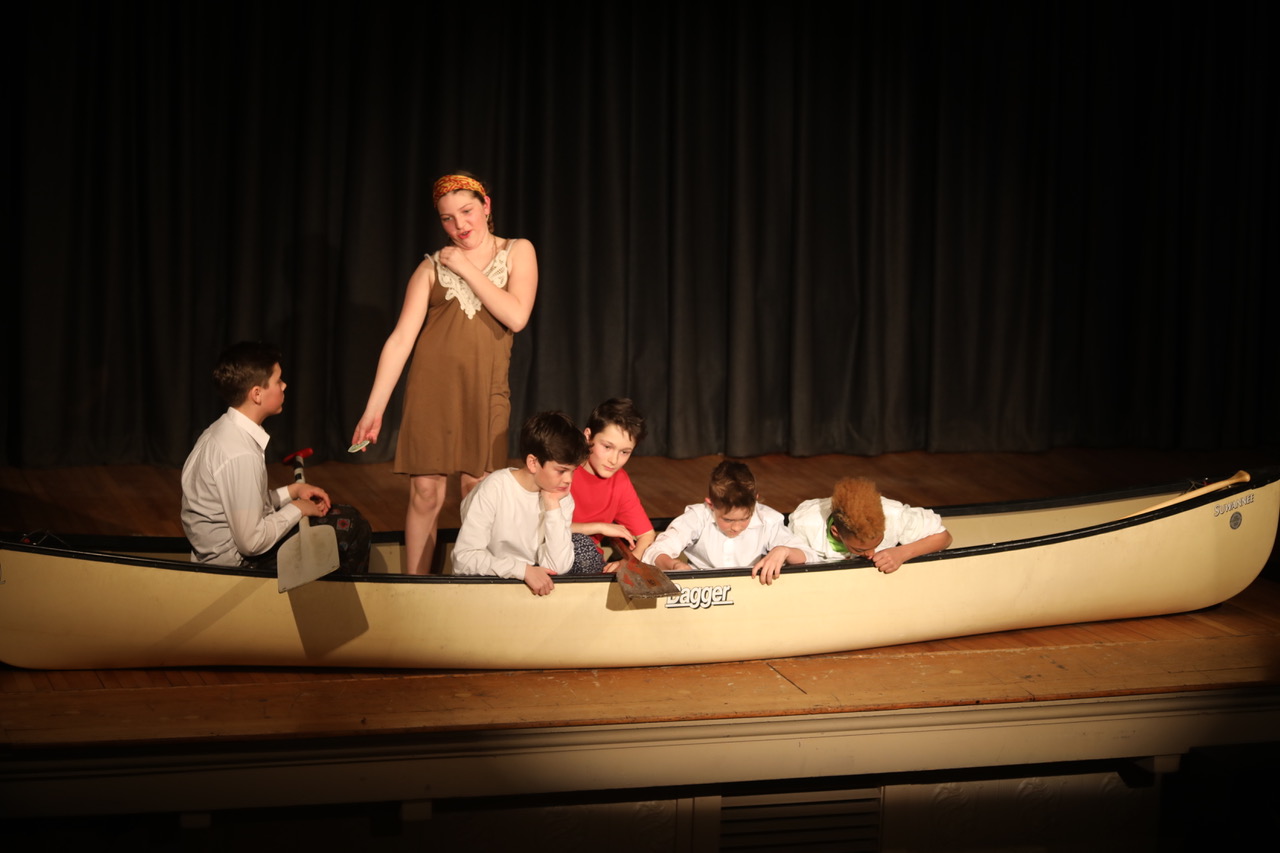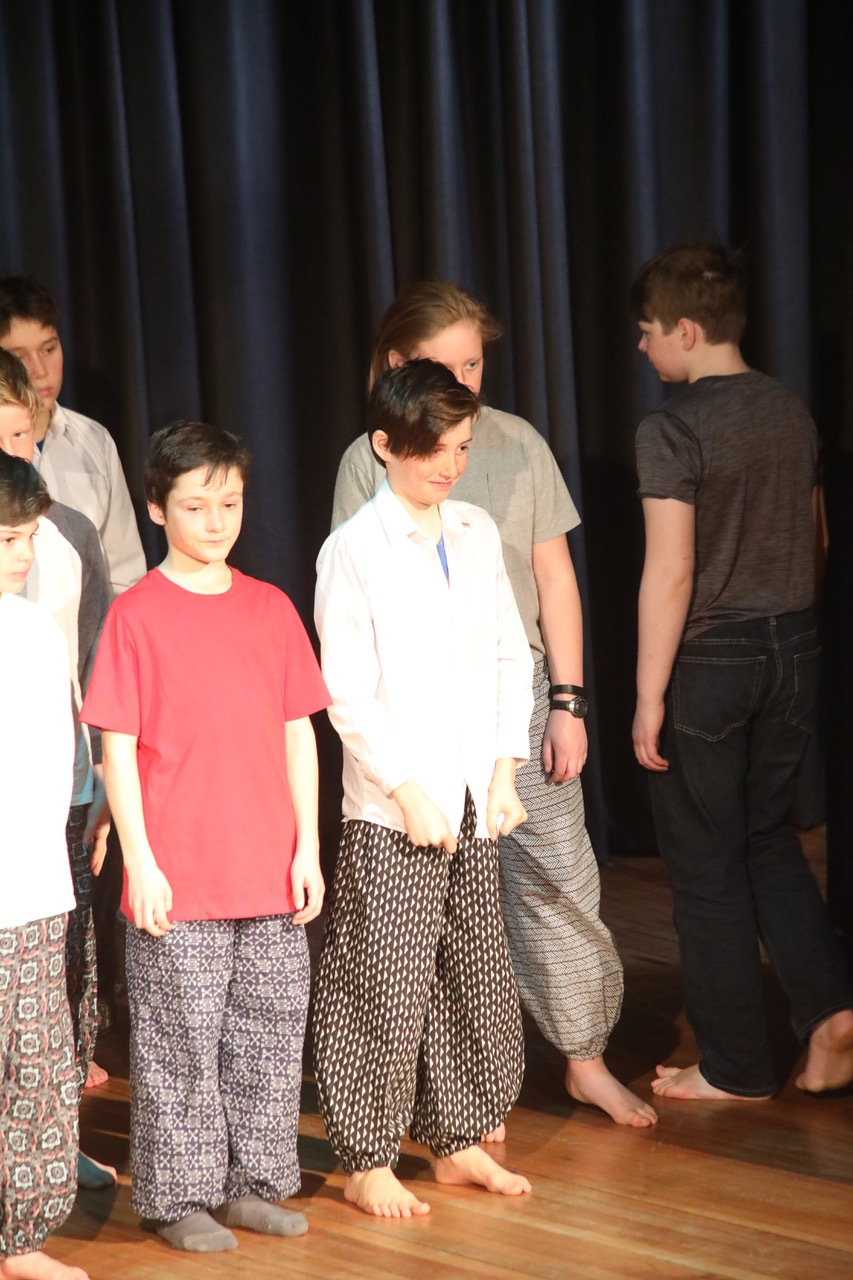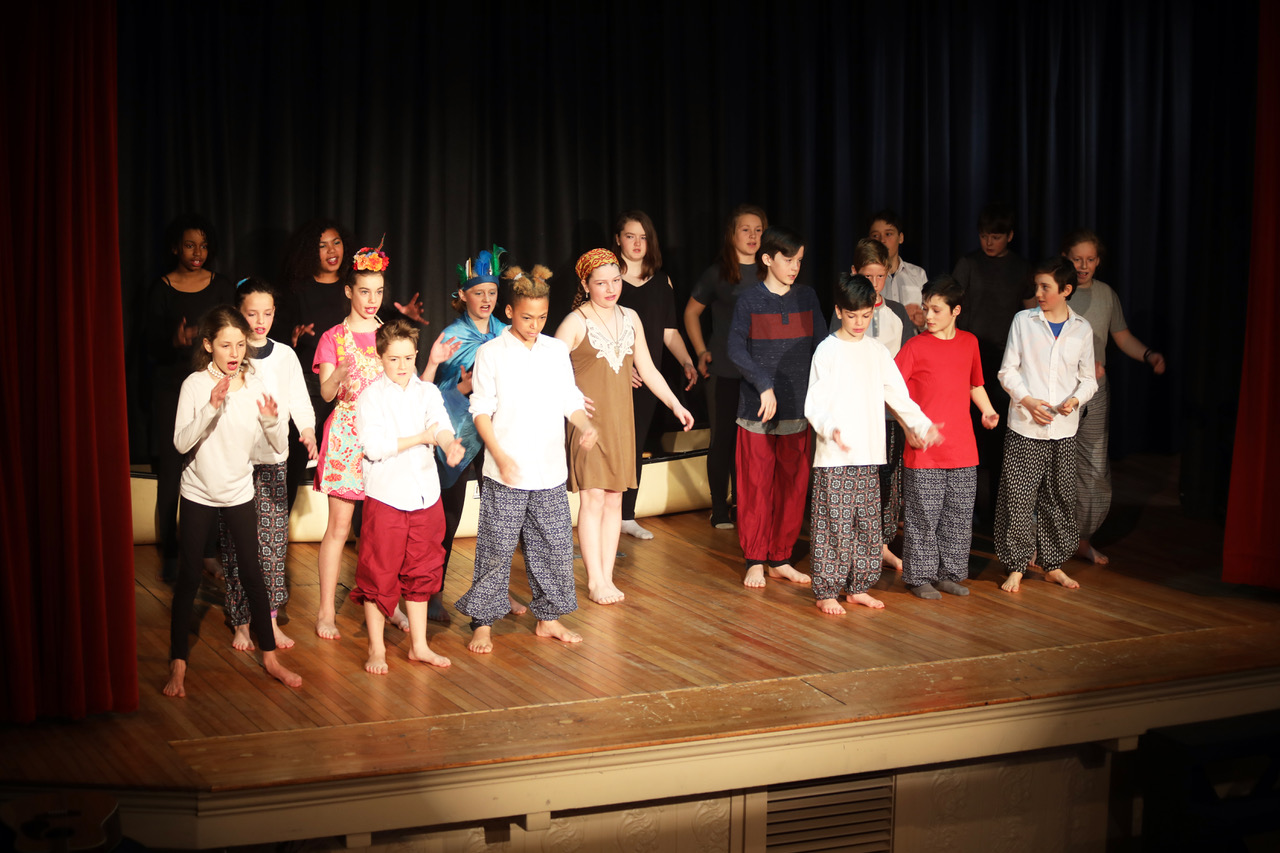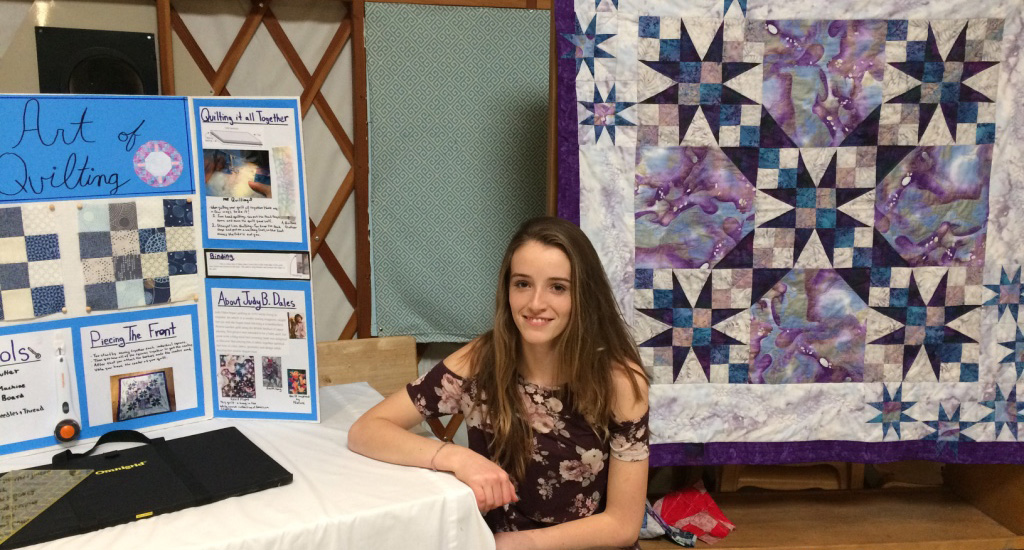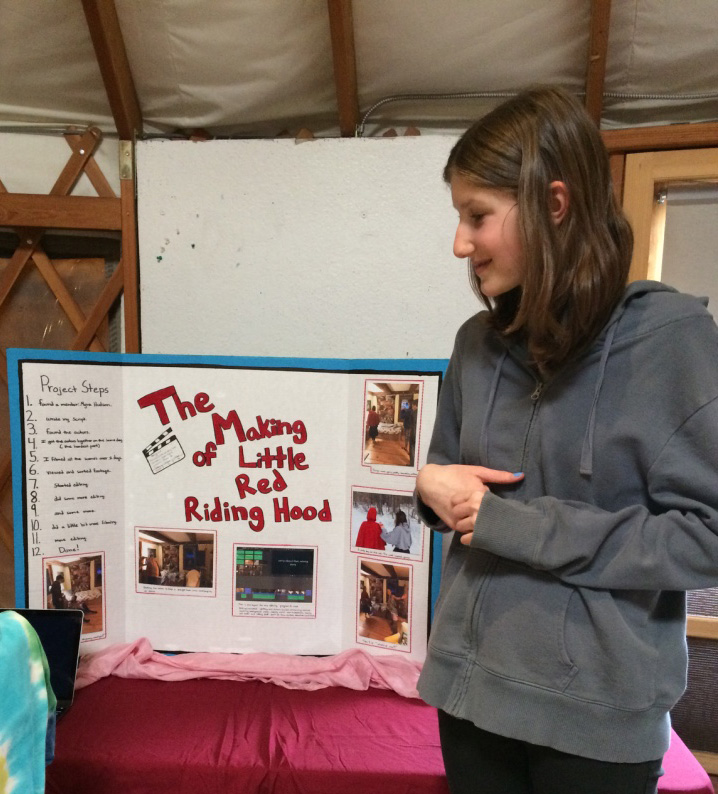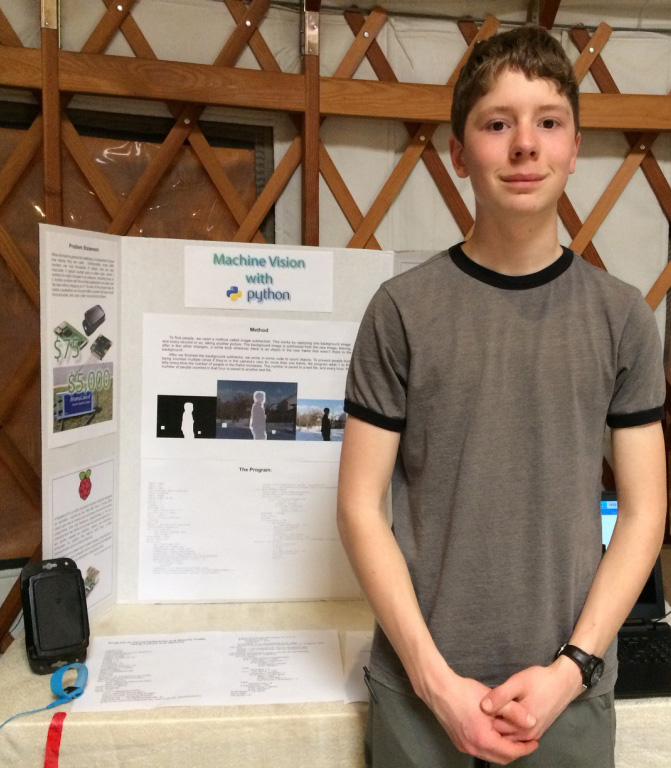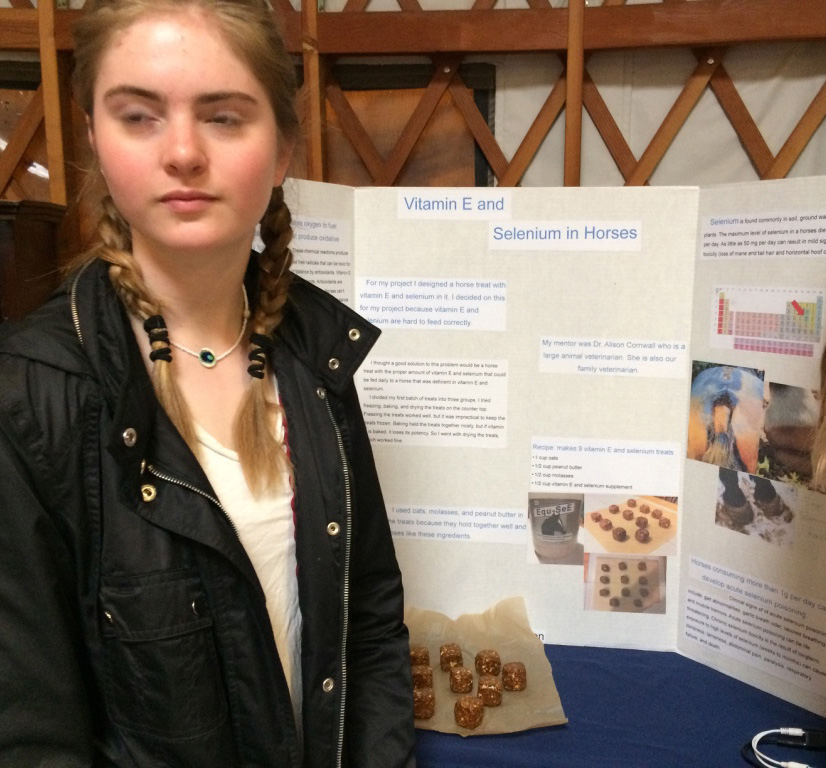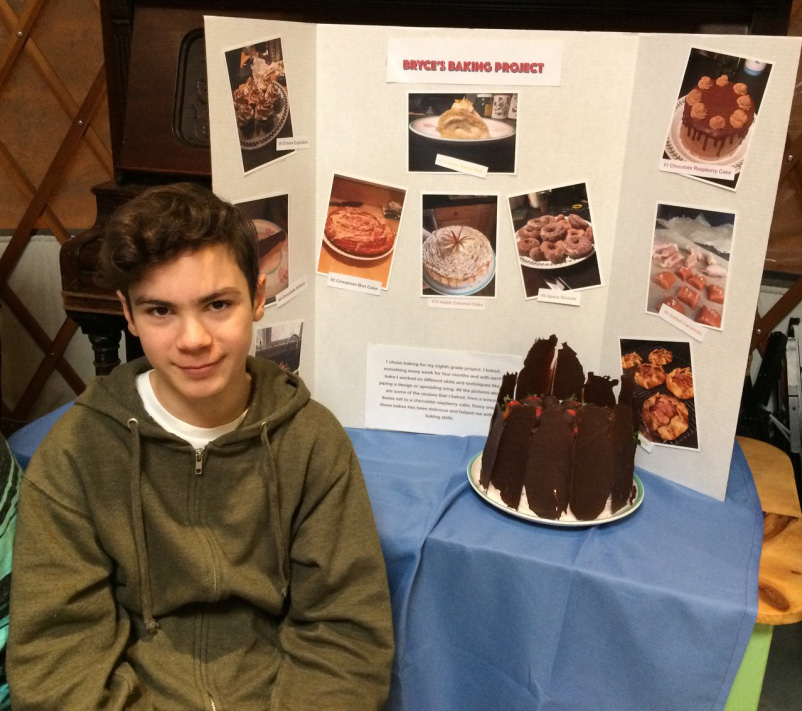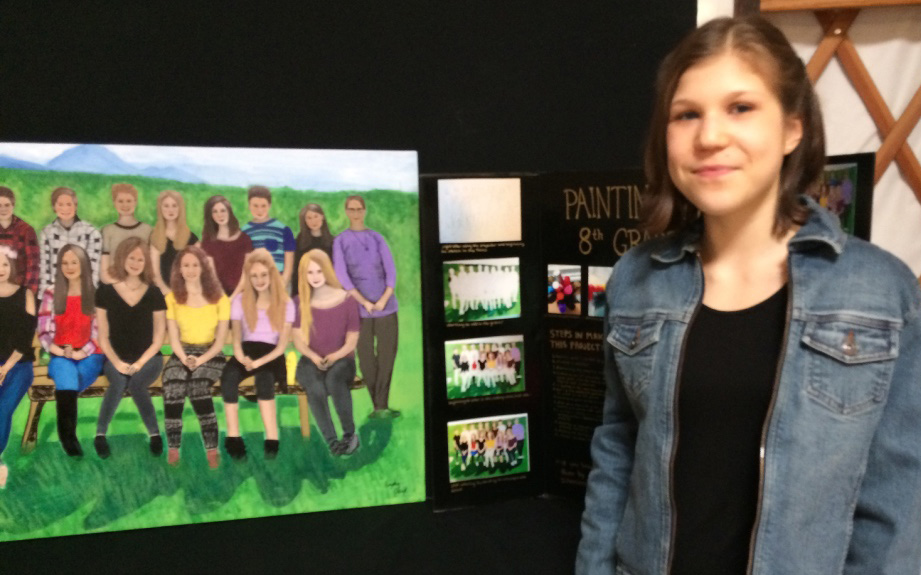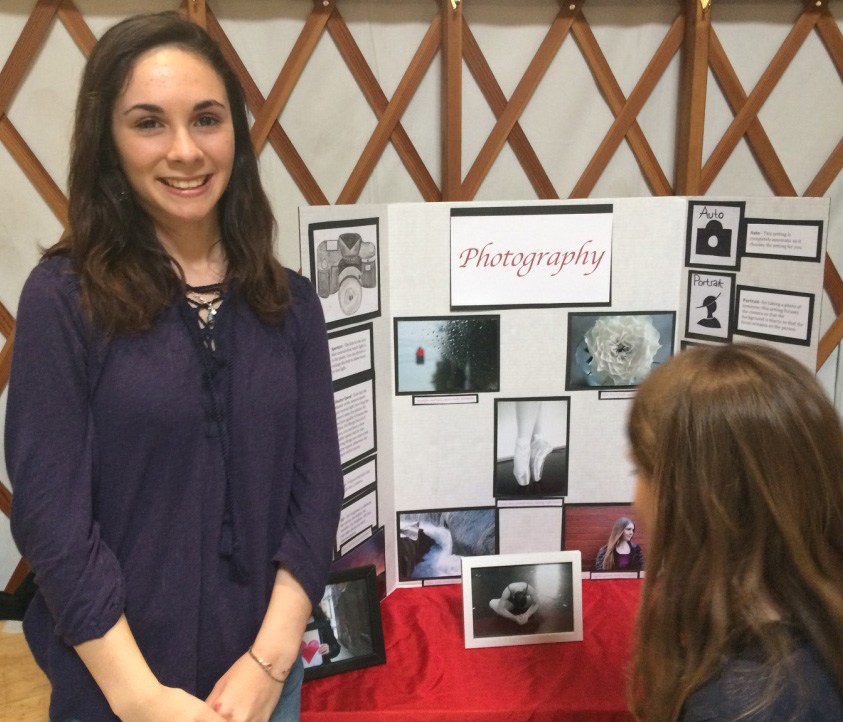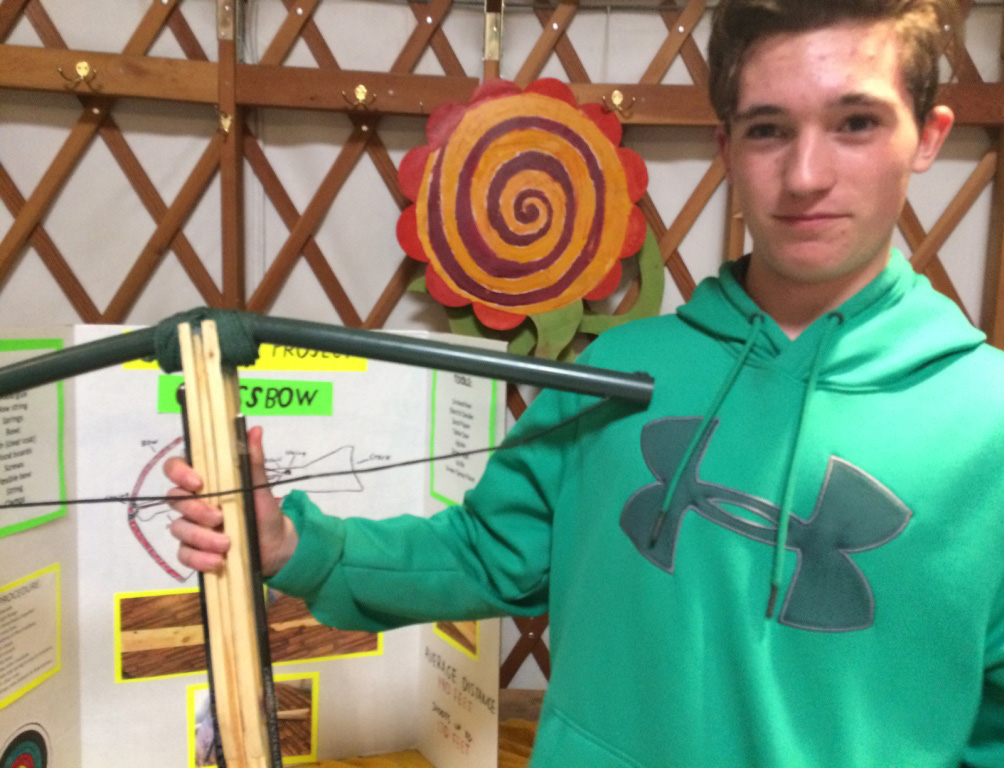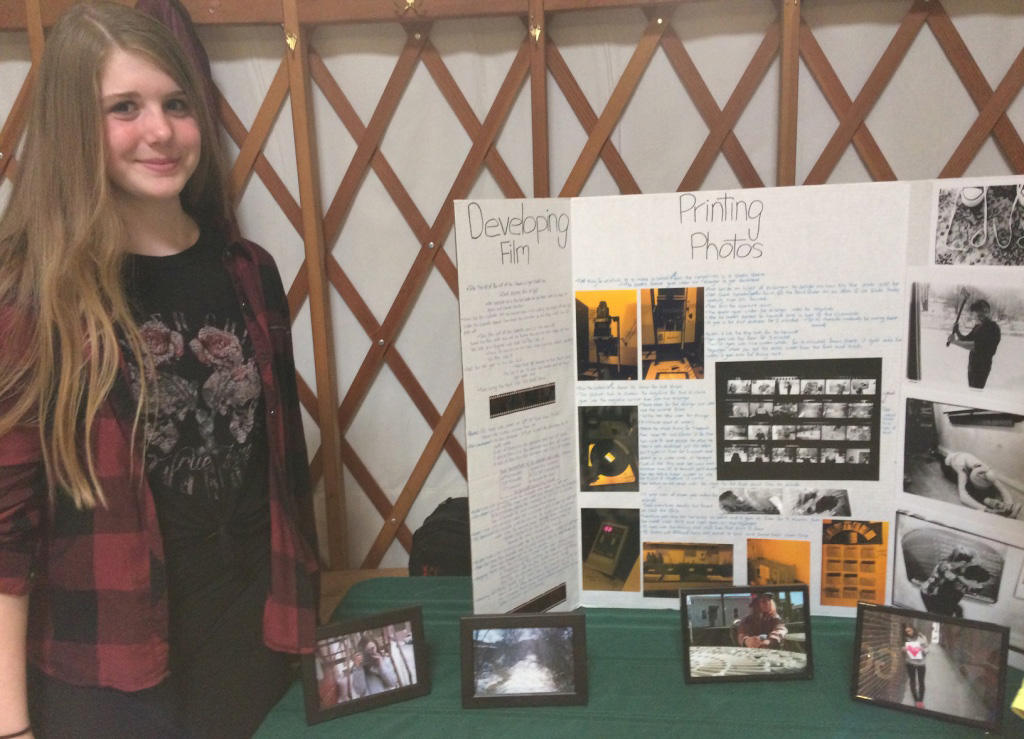From Class Teacher Lindsey Benton, excerpted in part from a note to class parents:
In addition to learning about finding the surface area and volume of a variety of 3D shapes, grade 8 has been learning about a special category of 3D shapes called the Platonic Solids. These particular shapes have faces that are made up of the same regular polygon. For instance, if you take eight equilateral triangles (triangles that have sides of equal length) and arrange them next to each other so that their edges touch, you can create an enclosed shape called an octahedron.
There are only five Platonic Solids. Three of them are made with equilateral triangles, one is made with squares, and the last is made entirely of pentagons.
So, the challenge was to create accurate 3D models of the Platonic Solids. The students had to rely on their protractor skills from previous years to draw precise angles. They also had to sketch out ideas on scrap paper, and through many, many attempts and failures, they had to push themselves to keep going until they discovered patterns that could, indeed, be folded into completely enclosed 3D forms.
There was plenty of trepidation and frustration. There was plenty of wadding up scrap paper and wanting to give up. There was plenty of asking to be shown how to make the patterns so they could copy them.
But, in the end, there was ultimately deep excitement and satisfaction once success was achieved! Nearly all the students called me over when they stumbled upon a pattern that worked. They had such triumph in their faces! They made clean, final versions of the forms with golden card stock.
This was an experience that required a lot of puzzling, accepting mistakes, and using what was learned from mistakes to improve.
Here, imbedded in the curriculum, is an inspiring example of what it means to educate the whole person. Sure, in our geometry block we are crunching numbers and learning formulas. The academic piece is there and is very much alive. Yet, it is so much more! The algebra skills they have been learning in math skills classes are being used to create formulas that are efficient and really work. That is empowering! Also, students are having the real, tactile experience of creating something with their own hands and through their own labor, making these geometric topics more than just concepts that live in the head but experiences that can be touched with their hands. In doing so, they are left feeling empowered and inspired.


